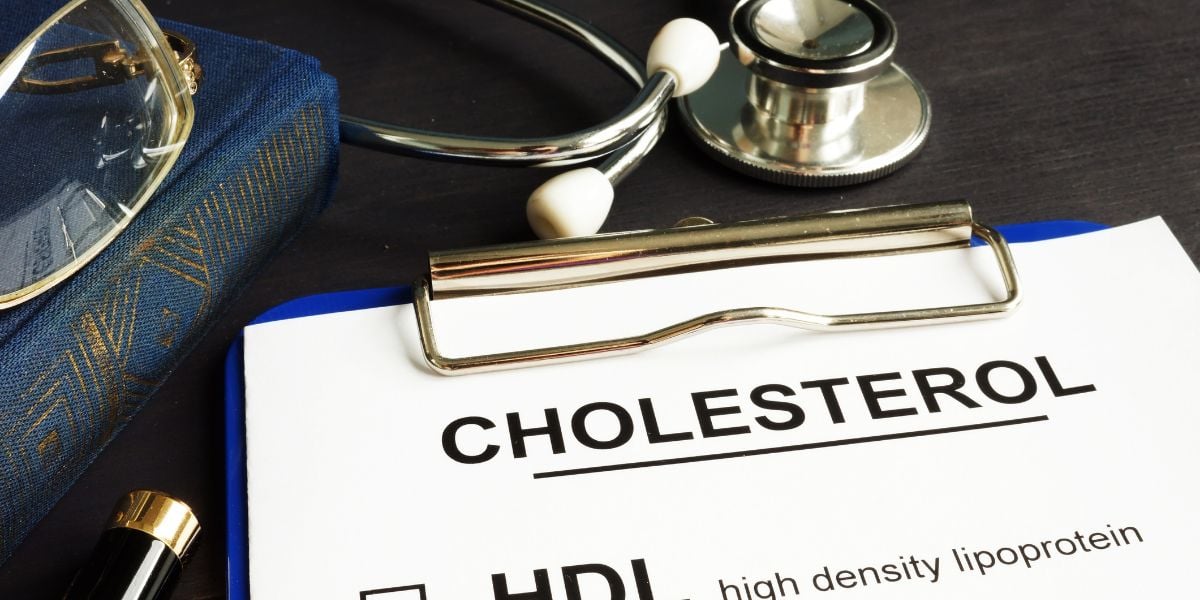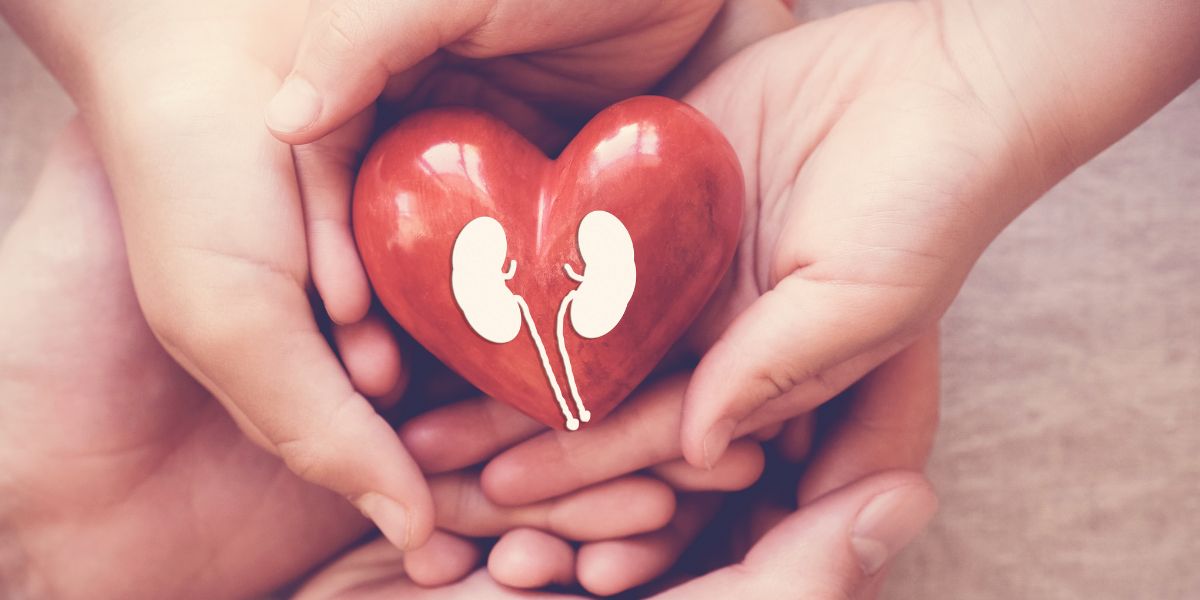High triglyceride levels, also known as hypertriglyceridemia, are often the result of either an additional medical condition or having a high calorie diet
High triglyceride levels tend to be particularly common in patients with uncontrolled type 2 diabetes
If you have triglyceride levels that are too high, it is important to take steps to bring your triglyceride levels down. Lifestyle changes can help with reducing high triglyceride levels. Your doctor will be able to advise you on how to address the problem.
What are triglycerides?
Triglycerides are blood fats that are a flexible source of energy.
The body can convert triglycerides into glucose and triglycerides can also be stored in adipose tissue (fat cells).
The process of converting triglycerides into glucose is known as gluconeogenesis and is performed by the liver
Are there symptoms of raised triglyceride levels?
High triglyceride levels will not usually result in symptoms but, if you have diabetes and live in the UK, you should be given a cholesterol test at least once each year which will test your triglycerides in addition to cholesterol
Whilst it is less common, some people may develop fat deposits under the skin called xanthomas.
These are yellow lumps that can develop anywhere on the body but are more commonly found around the eyelids and around joints such as the knees, elbows and knuckles.
Diagnosis – testing triglyceride levels
Your health team can test your serum triglyceride levels (amount of triglycerides in the blood) through a blood test and this will usually be done as part of a cholesterol test.
Recently eaten food and drink, within the last few hours, can raise triglyceride levels so to get a fair result, you need to fast before the test.
If you have type 1 diabetes or are otherwise on insulin, your health team may ask you not to fast, however, to prevent raising the risk of hypoglycemia occurring.
People with diabetes should be given a cholesterol test at least once per year. If you are not sure whether you have had a cholesterol test in the past 12 months, ask your doctor whether you have had one.
Triglyceride targets
The NICE guidelines do not state a target for triglyceride levels. Treatment for high triglyceride levels should take into account other cholesterol levels and whether triglyceride levels are consistently too high.
Diabetes UK advises fasting triglyceride levels to be under 1.7 mmol/l
Causes of high triglyceride levels
A high level of triglycerides in the blood, when fasting, can be caused by any of the following:
- Obesity
- A high calorie diet
- Poorly controlled diabetes
- Excessive alcohol consumption
- Cirrhosis of the liver
- Kidney disease
- Hypothyroidism – an underactive thyroid
- Familial hypertriglyceridemia – a genetic disorder
- Certain medications – including steroids, beta-blockers and diuretics
Treating high triglyceride levels
High triglyceride levels can be treated by following a lower calorie diet and taking regular exercise. Cutting down on alcohol is also recommended. Using a lifestyle based method in this way is the ideal way to lower triglyceride levels.
If you have high triglyceride levels, you may be prescribed medication to help lower your triglyceride levels.
You may also be prescribed medication, such as statins, fibrates or niaci, if you also have high levels of LDL cholesterol.
Taking omega 3 fish oils may also help to reduce triglyceride levels
Complications of hypertriglyceridemia
Having high triglyceride levels over a long period of time raises the risk of conditions such as heart disease and stroke
Higher than recommended triglyceride levels have also been linked with higher incidence of diabetic neuropathy [151]
Having very high triglyceride levels is associated with increased risks of pancreatitis and fatty liver disease






